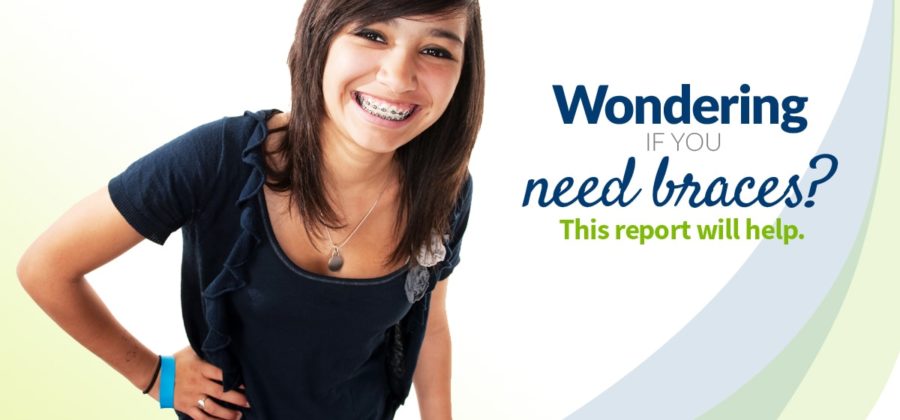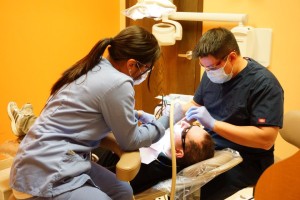The 5 Signs You May Need Braces
When not addressed properly orthodontic problems can have a negative impact on your oral health, which is why we put this short report together. It’s very important to be able to identify early symptoms of orthodontic problems, especially in children, and get in for a consultation with an orthodontist as soon as possible to determine whether any action will need to be taken, either now or in the future.
Review the 5 signs that you may need braces below and if any of the signs apply to you or your child, we welcome you to book a free consultation with one of our orthodontists to help you create an orthodontic plan and determine whether any action is necessary.
1. Crowding
Crowding is the most common reason to seek orthodontic treatment, especially in kids.
Crowding basically means that there is insufficient space in the mouth for all the teeth. Without the proper room for all those teeth, the teeth crowd each other resulting in crooked teeth. Unfortunately, crowding tends to get worse over time and can make even the simple task of brushing and flossing more complicated, requiring more time and effort to clean all teeth properly. Severe crowding may result in areas that are virtually impossible to clean. This can cause plaque accumulation which in turn causes tooth decay, bad odor, gum disease, and bone loss around teeth.
Orthodontic treatment at a young age will help align and straighten teeth in order to avoid future oral pain and health issues, and reduce the risk of cavities and gum disease. However, crowding can also be fixed as an adult in order to repair any damage that’s already been caused and to avoid any future problems.
2. Overbite
An overbite refers to the vertical and horizontal overlap of the front teeth. The severity of the overbite can vary but an overbite is usually noticeable when the front teeth stick out much farther than the bottom teeth. An increased overbite may cause the following issues and oral health problems:
- Increased risk of trauma to the front teeth
- Significantly increase likelihood of fracturing the front teeth in cause of injury
- Complications and reduced longevity of dental restorative work such as cosmetic fillings, crowns and veneers.
3. Crossbite
A crossbite is an abnormal bite in which the upper tooth is behind the lower opposing tooth. If left untreated, this problem may cause:
- Excessive wear or fracture of both teeth
- Increased gum recession of the affected teeth
- Inability to restore fractured or worn teeth
- Asymmetric jaw growth
4. Underbite
An underbite is an abnormal bite in which all the upper front teeth are behind the lower front teeth. This sign is usually associated with disproportionate jaw size and may cause the following issues:
- Imbalanced facial appearance
- Accelerated facial ageing
- Difficulty biting and chewing
5. Openbite
An openbite is an abnormal bite in which the front teeth do not touch. This may cause:
- Difficulty biting
- Speech problems, such as lisps
What to do next…
Are you or your child experiencing any of the signs outlined above?
Even if it’s not severe, an orthodontist will be able to help determine whether the symptoms will get worse over time and whether orthodontic treatment is needed or recommended.
At 1st Family Dental we provide 100% FREE orthodontic consultations. At the consultation an orthodontist will look at your teeth and your entire mouth in order to make a recommendation and to ensure you have a healthy mouth and smile. After the consultation there’s no obligation to begin treatment.
There’s nothing to lose, book your free consultation today!






5 Comments
Leave your reply.